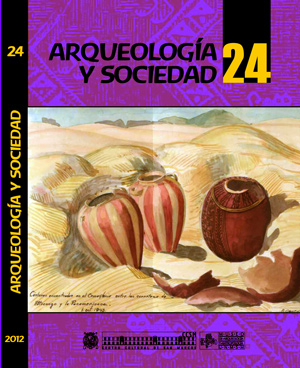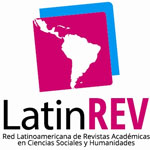STAGES CARBON ISOTOPE: A CHRONOLOGICAL MODEL BASED ON SECULAR VARIATIONS ATMOSPHERIC CARBON-14
DOI:
https://doi.org/10.15381/arqueolsoc.2012n24.e12338Keywords:
Radiocarbon, Radiocarbon calibration, Carbon Isotope Stages.Abstract
The present article explains the Carbon Isotope Stages or CIS (Salcedo 2011) starting from the secular variations in the atmospheric Carbon–14. Such proposal is based on a phenomenon noticed by the author in 1997; during the calibration of a series of dates resulting in clusters generated by the ‘topography’ of the Radiocarbon calibration curves. The resulting temporal stages are in concordance with medium-term cyclic variations in the solar activity, recorded by different scientific disciplines in mid-XXth century (De Vries 1958; Dewey 1960; Link 1955; Schove 1955; Suess 1961), where the Grand Solar Minima mark the end of each stage. This alternative approach to chronology can be applied to Archaeology as well other Quaternary disciplines, allowing to contrast regional and interregional contemporaneity in a natural context, instead of cultural, liberating archaeologist from the chronological particularities of the classic local cultural sequencesDownloads
Published
Issue
Section
License
Copyright (c) 2012 Luis Salcedo Camacho

This work is licensed under a Creative Commons Attribution-NonCommercial-ShareAlike 4.0 International License.
THE AUTHORS RETAIN THEIR RIGHTS:
a. The authors retain their trademark and patent rights, and also on any process or procedure described in the article.
b. The authors retain the right to share, copy, distribute, perform and publicly communicate the article published in the Arqueología y Sociedad (for example, place it in an institutional repository or publish it in a book), with an acknowledgment of its initial publication in the Arqueología y Sociedad.
c. The authors retain the right to make a subsequent publication of their work, to use the article or any part of it (for example: a compilation of their works, notes for conferences, thesis, or for a book), provided that they indicate the source. of publication (authors of the work, journal, volume, number and date).
















